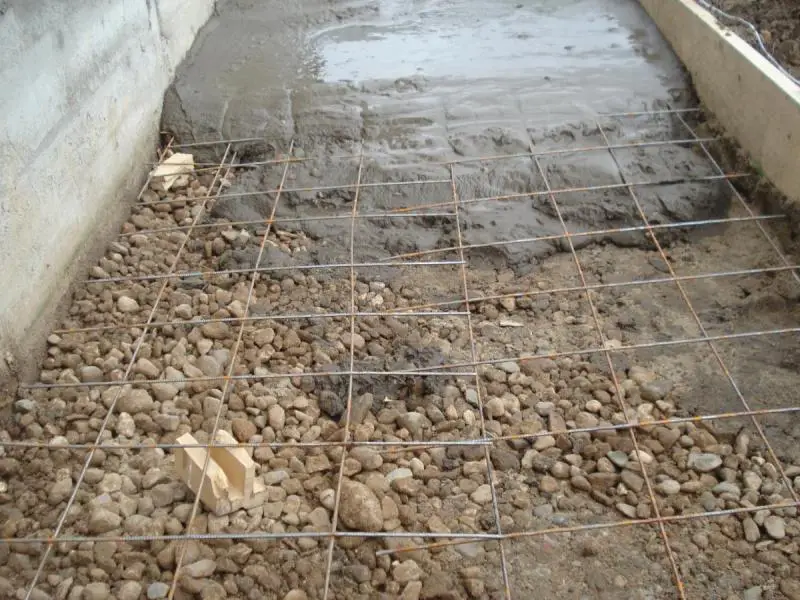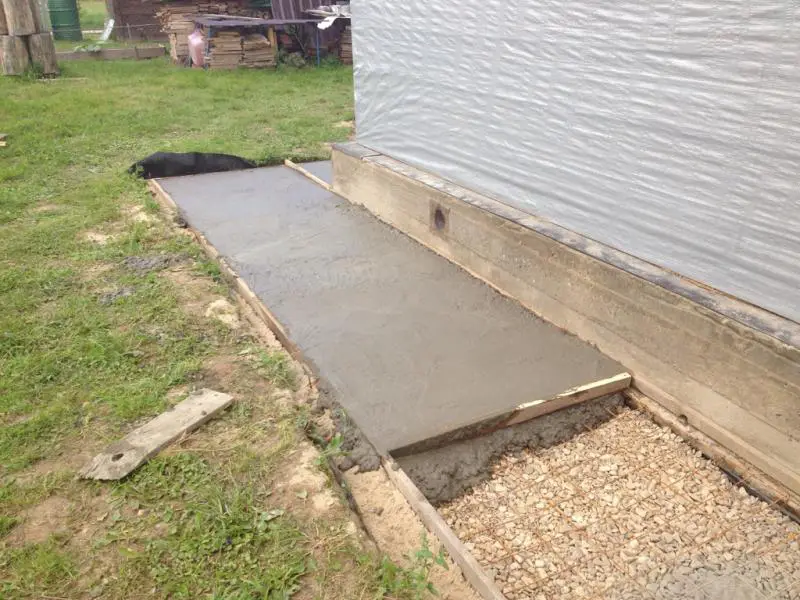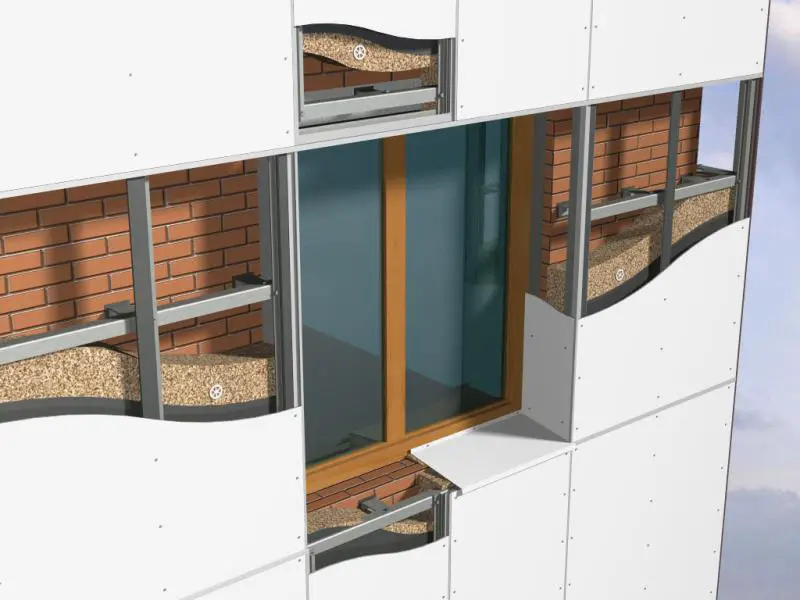There can be your advertisement
300x150
How to Replace an Electrical Outlet
Often we call and hire a specialist even in cases where we could have solved the problem ourselves with minimal knowledge and a simple set of tools. For those who don't want to pay extra for replacing basic electrical equipment at home, the article below provides guidance. So, when should you replace an electrical outlet?
Often we call and hire a specialist even in cases where we could have solved the problem ourselves with minimal knowledge and a simple set of tools. For those who don't want to pay extra for replacing basic electrical equipment at home, the article below provides guidance.
So, when should you replace an electrical outlet? There are several reasons:
- the outlet housing is melted (replace immediately);
- the outlet is loose in the socket (must be repaired or replaced);
- interior renovation or upgrading the design of the device.
What tools will you need for this task? The list won’t be very long:
- knife,
- several screwdrivers,
- cutters and pliers,
- in some cases, a hammer and chisel may also be needed,
- voltage tester.
Starting the Work and Removing the Outlet

Before starting any electrical work, you must disconnect power to the entire area. This is a safety requirement and must never be ignored.
If replacing an outlet in an old Soviet-era building, note that the old metal boxes used for outlets are slightly larger in diameter than modern plastic ones. Therefore, the wall cavity will be wider than needed. To prevent this, you’ll need to have a small amount of plaster or gypsum on hand before removing the old outlet.
Removal steps:
- Use a screwdriver to loosen the screw on the old outlet cover, then remove the cover.
- Loosen the terminal screws (the two outermost screws).
- If the outlet has additional mounting bolts (usually two in modern outlets), remove them.
- Remove the outlet from the box, as far as the wire length allows.
- Loosen (but do not fully remove) the terminal screws and disconnect the wires.
- Remove the old outlet and metal mounting box.
Assessing the Situation: How to Install?
Next, inspect the wire insulation, especially if the reason for replacement was a melted outlet housing. There may be damaged insulation, increasing the risk of short circuit. If found, repair with electrical tape.
Then, measure the wall cavity diameter. If it differs from the new mounting box, you’ll need to coat the new box with a water-thickened mixture of gypsum and install it in place of the old metal box. Alternatively, you may use mounting foam – once the box is foamed, excess polymerized foam can be trimmed with a knife.
After the plaster or foam has hardened, proceed to install the new outlet. The process will mirror the removal steps.
Installing the New Outlet
- Connect the neutral, live, and ground wires to the corresponding terminals on the new outlet, tightening the terminal screws securely.
- Neatly coil the remaining wire inside the box (best done in a circular pattern).
- Tighten the expansion screws until the mounting tabs press firmly against both sides of the wall.
- Secure any additional mounting screws (if present).
- Install the faceplate and fasten it with the final screw.
After finishing, restore power and test the voltage in the outlet with a voltage tester. As it turns out, replacing an outlet isn’t as difficult as it seems. And definitely not worth paying an electrician for a job you can do yourself.







